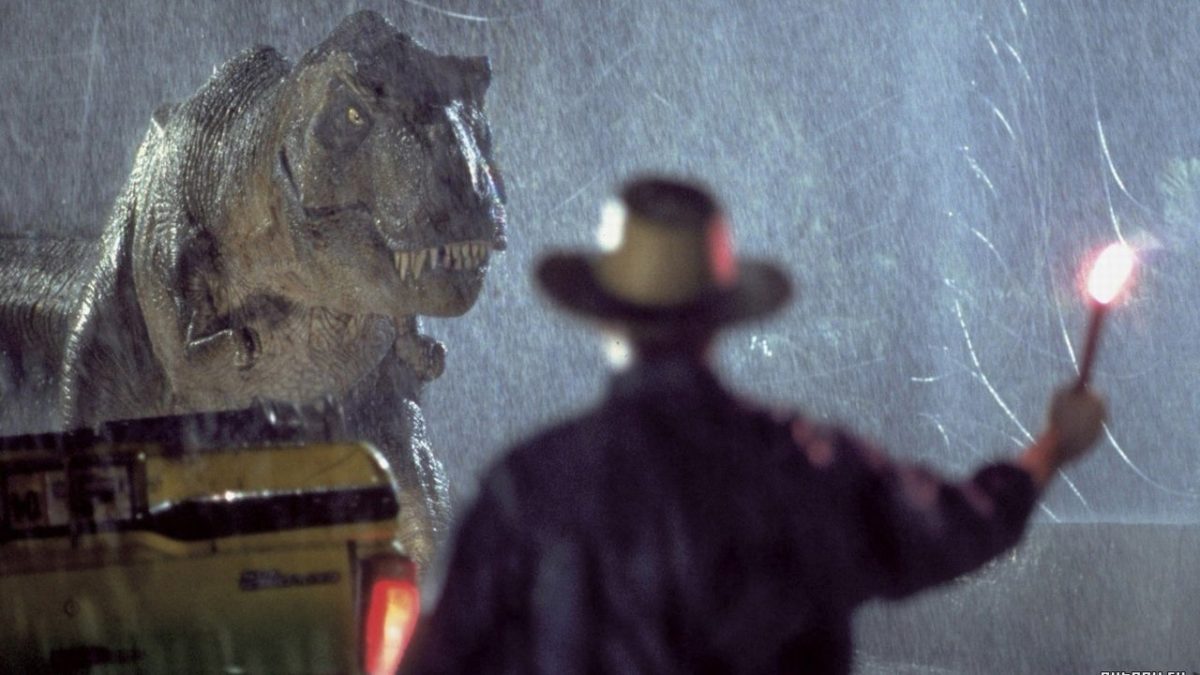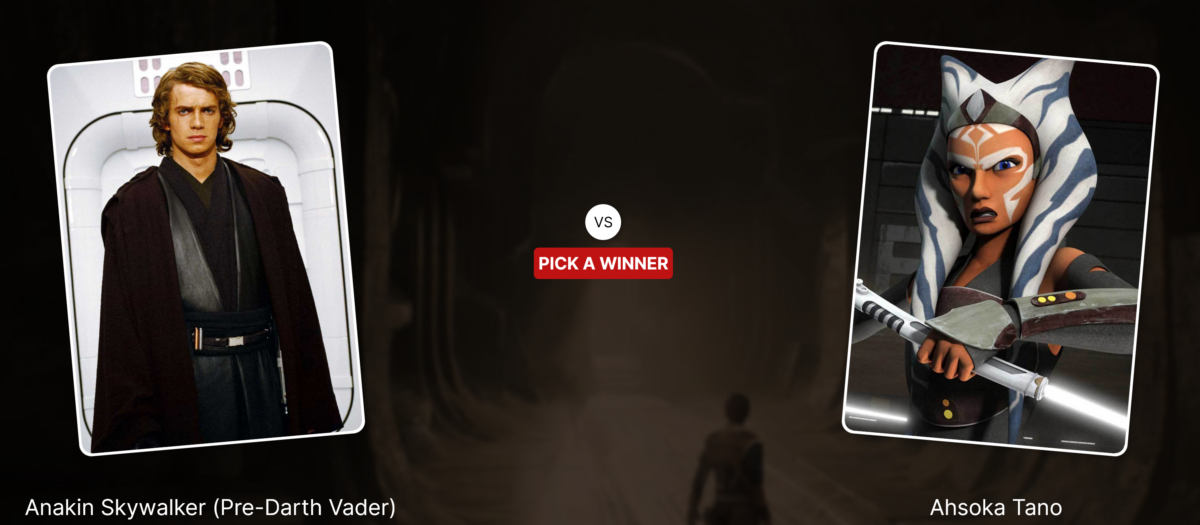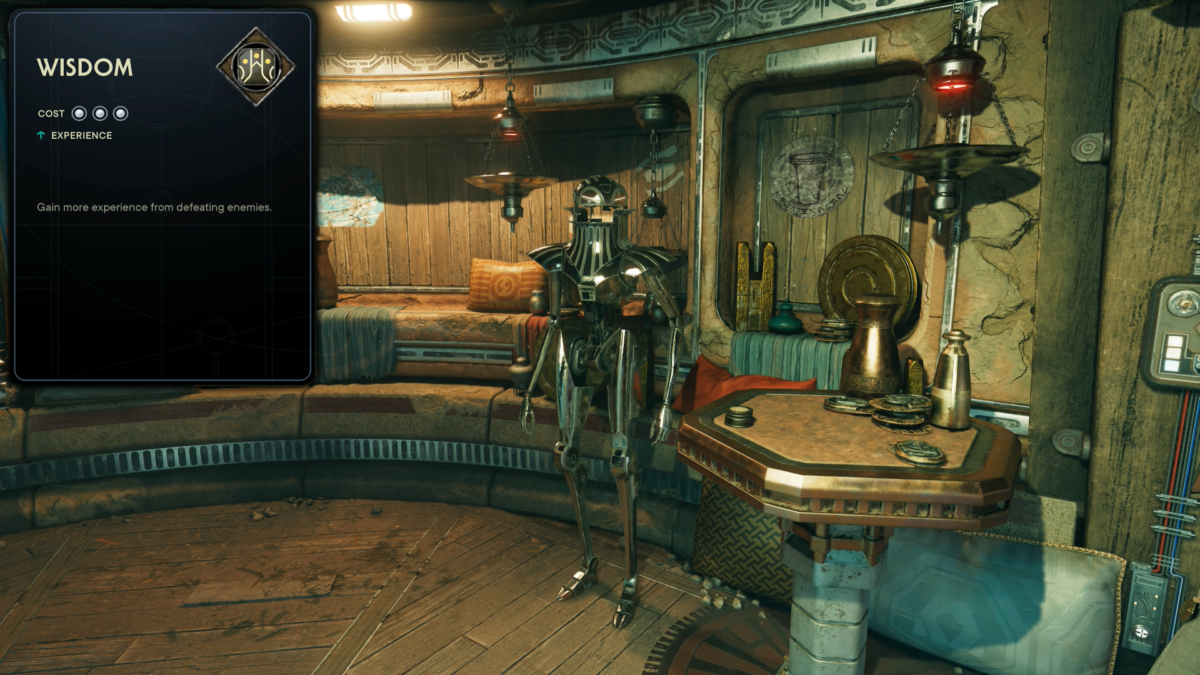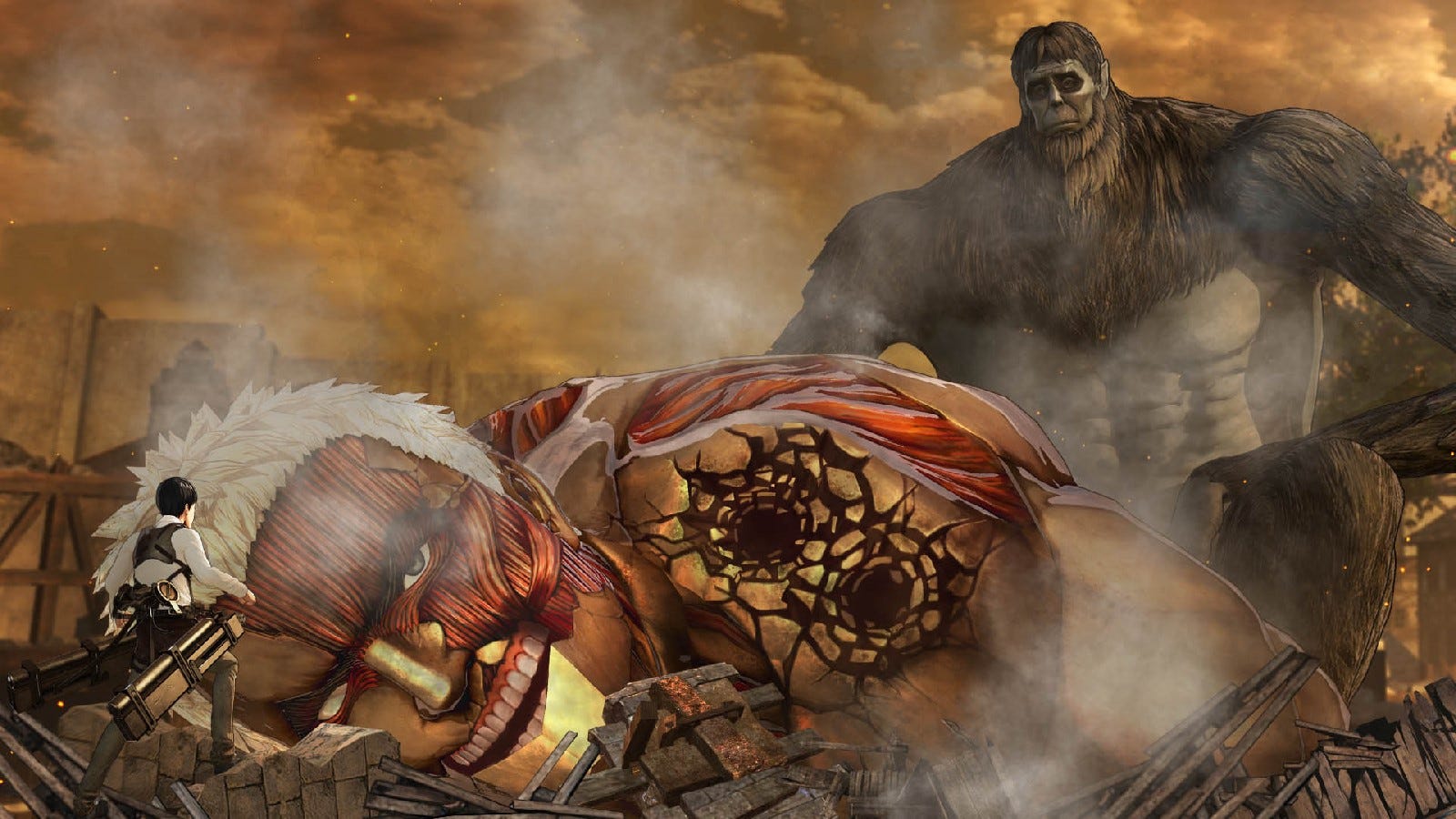Dinosaurs captivate all ages. The creatures that dominated Earth ages ago, populating our world for 165 million years in total, will never not be fascinating. And on screen, as part of movie history, dinosaurs have always been a go-to genre for incredible spectacle and chilling thrills – whether you’re into t-rexes, pterodactyls, raptors, or gentle giant brontosauruses.
The Jurassic Park/World franchise has raked in $6 billion in box office bucks over the past 30 years, proving that these glorious beasts can bring home the bacon. Sometimes movie fans are transported back in time, to the era of these wondrous reptiles while other instances show dinosaurs living among us, either on a secluded island lost to history or as cloned beings brought back by science for our amusement (and dismemberment).
Here are the 10 best dinosaur movies, from trampled theme parks to warring prehistoric titans.
Jurassic Park (1993)
Where to Watch: Peacock, or rentable on most platforms.
Um, duh. Yup, not only is Spielberg’s Jurassic Park one of the best “dinosaur movies ever,” it easily doubles as one of the “best movies ever.” Adapted from Michael Crichton’s novel (and second story about a futuristic amusement park gone lethally haywire), Jurassic Park is endlessly entertaining and infinitely quotable, providing equal parts laughter and horror. Sam Neill, Laura Dern, and Jeff Goldblum star in this tyrannosaurus-sized tale about scientists evaluating a – er – unique family attraction before it opens to the public. Hold onto your butts, because this appraisal winds up with a body count.
See our guide on how to watch the Jurassic Park movies in order.
Jurassic World (2015)
Where to Watch: Peacock, or rentable on most platforms.
More than 20 years after the original Jurassic Park (which wound up becoming a trilogy), Jurassic World kicked off a new segment of the franchise, with greedy corporations and opportunistic scientists learning nothing from previous tragedies and opening “Jurassic World” to patrons everywhere. Naturally, things go horribly awry and carnage ensues and Chris Pratt and Bryce Dallas Howard anchor a budding dino-apocalypse. The films would eventually bring back the original three stars but the first World installment stands tall as a formulaic but fun feast for the senses.
Read our review of Jurassic World.
The Land Before Time (1988)
Where to Watch: Netflix, or rentable on most platforms.
From George Lucas and Steven Spielberg, this Don Bluth animated classic blossomed into a decades-spanning franchise featuring 13 sequels, several video games, and a TV series. The story of a young orphaned dinosaur named Littlefoot, who embarks on a great journey to find a paradise called the Great Valley, The Land Before Time is a beautifully animated ’80s staple. The saga teaches kids about the importance of friendship, the dangers of prejudice, and the power of hope.
Dinosaur (2000)
Where to Watch: Disney+, or rentable on most platforms.
Disney’s Dinosaur, the company’s 39th animated feature, finds a lot in common with The Land Before Time as it also follows a young orphaned dino, this time on a trek to discover to the idyllic Nesting Grounds after a meteor shower devastates their island. A mix of live-action, many of the backgrounds were filmed on location while the dinos themselves were computer-generated, making it the most expensive computer-animated film at the time. Voiced by D.B. Sweeney, Julianna Margulies, Alfre Woodard, Ossie Davis, Joan Plowright, and Hayden Panettiere.
The Good Dinosaur (2015)
Where to Watch: Disney+, or rentable on most platforms.
Though it’s technically the first Pixar film to not quite meet profitable expectations, The Good Dinosaur is wacky, charming family entertainment, supplemented by the voices of Sam Elliott, Anna Paquin, Jeffrey Wright, and three-time Oscar-winner Frances McDormand. Like most animated dino films, the story involves a thrilling, meaningful journey, though this time it’s within an alternate history where reptilian dinosaurs never went extinct. In The Good Dinosaur, a shy Apatosaurus, Arlo, meets an unlikely human friend while traveling through a dangerous and mysterious landscape in order to return home.
Read our review of The Good Dinosaur.
King Kong (1933)
Where to Watch: HBO Max, or rentable on most platforms.
Most King Kong films are good for a ravenous dino or two, so why not revisit the 1933 original and watch humans discover Skull Island, home of not only Kong but prehistoric life of all kinds: including the Tyrannosaurus-rex, the Stegosaurus, the Pteranodon, and more. King Kong is a classic, famous for being a true spectacle at the time with game-changing special effects, from stop-motion pioneer Willis O’Brien. Kong is still thriving today, as part of Legendary’s MonsterVerse, next to be seen in 2024’s Godzilla x Kong: The New Empire.
Kong: Skull Island (2017)
Where to Watch: HBO Max, or rentable on most platforms.
King Kong’s MonsterVerse reboot began in Kong: Skull Island, a rollicking Vietnam War-era adventure starring Tom Hiddleston, Brie Larson, Samuel L. Jackson, and John Goodman as a part of a mix of scientists, soldiers, and scholars trapped on Kong’s dreaded isle of terrifying creatures. In a twist though, the island’s usual dinosaurs have been beaten and eaten by new giant monsters, unique to the film and the MonsterVerse itself. And it totally works. Separating itself from the Jurassic Park/World franchise, Kong: Skull Island gave viewers a fresh batch of nightmare fuel to fawn over.
Read our review of Kong: Skull Island.
One Million Years BC (1966)
This ’60s British fantasy-adventure, from Hammer Films, starred Raquel Welch as a cavewoman struggling to survive in a fictional past where humans and dinosaurs coexisted. A remake of a film from 1940, One Million Years BC is a largely enjoyable, kitschy featuring dinosaurs (and giant sea-turtles) roaming a scortched Earth, brought to life by stop-motion genius, and Willis H. O’Brien apprentice, Ray Harryhausen (Jason and the Argonauts, Clash of the Titans).
The Valley Of Gwangi (1969)
Where to Watch: Rentable on most platforms.
Another Harryhausen home run was cult dino-Western, The Valley Of Gwangi, as the stop-motion pro took over the project from mentor Willis O’Brien after O’Brien passed away before production. The story itself was conceived by O’Brien and combined cowboys and dinosaurs as a rodeo horse is revealed to be a fifty million-year-old, prompting members of a Wild West show to venture into Mexico’s Forbidden Valley in search of fame and untold wealth. There, however, they confront prehistoric monsters, including “Gwangi,” a giant dinosaur that decimates their ranks.
Land of the Lost (2009)
Where to Watch: Fubo, or rentable on most platforms.
Will Ferrell and Danny McBride turn a 1970s Sid and Marty Krofft TV series (which itself got a short-lived ’90s revival) into a comedic romp in Land of the Lost, where a mysterious vortex sucks a disgraced scientist (Ferrell), his assistant (Anna Friel), and a survivalist Will (McBride) into a world populated by marauding dinosaurs and fantastically bizarre creatures.
Read our review of Land of the Lost.
Looking for more movies featuring giant lizards? Check out our list of the best dragon movies and our guide to the Godzilla movies in order.






















